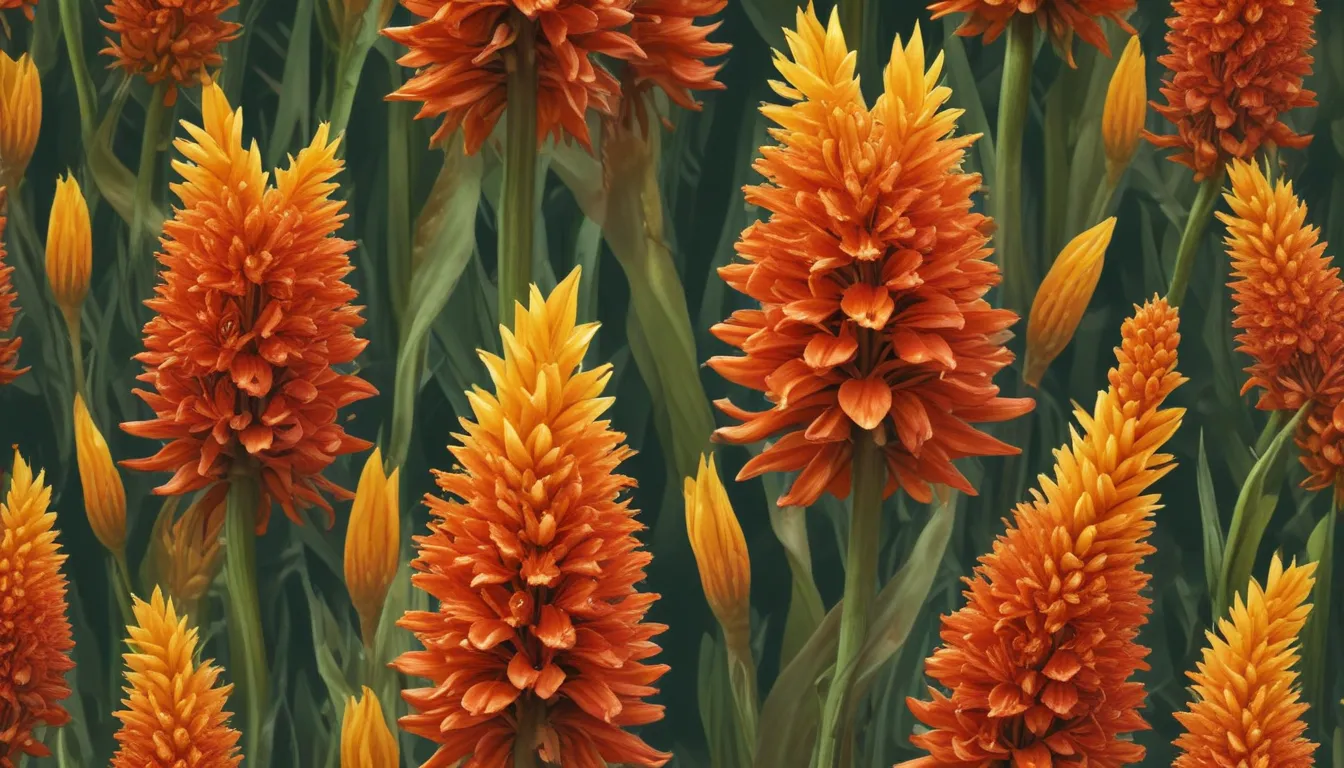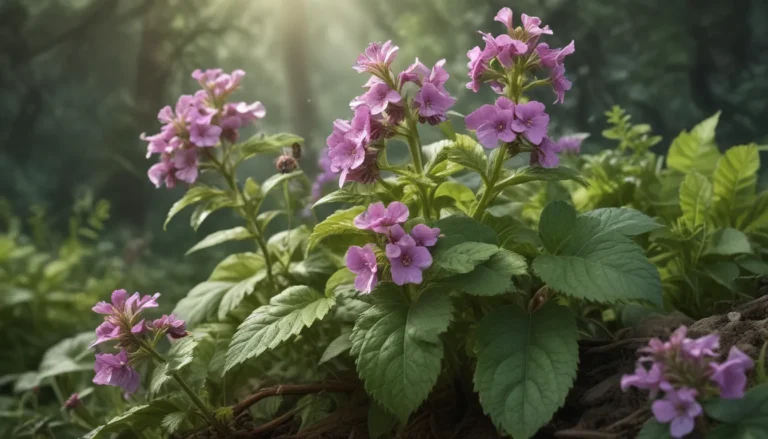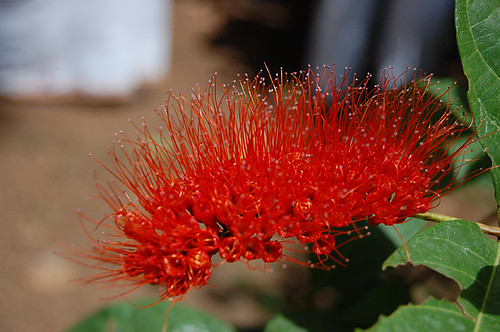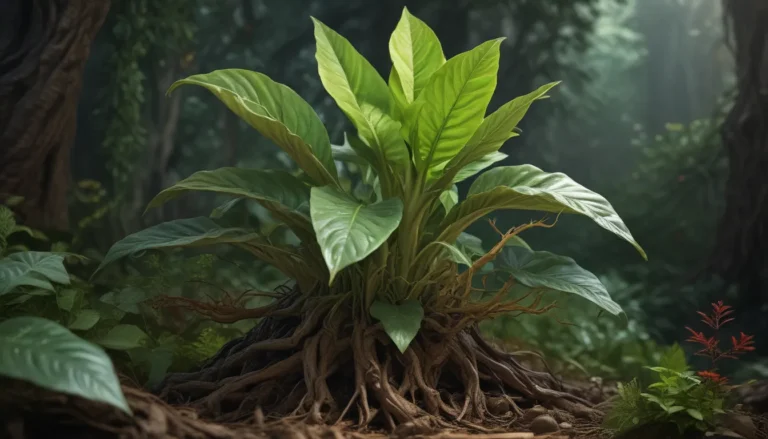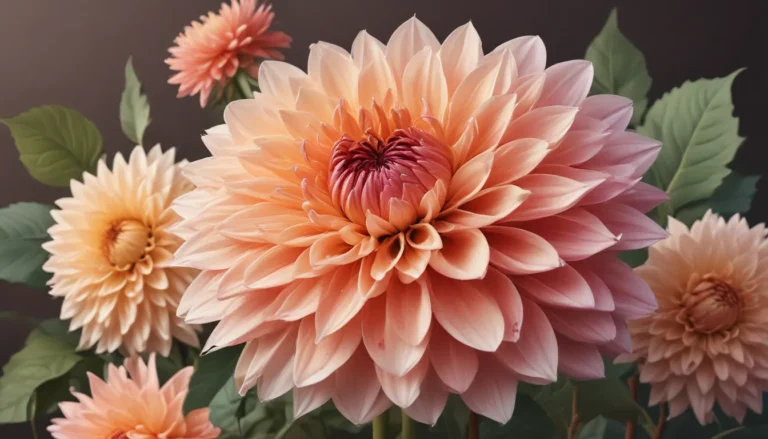The pictures we use in our articles might not show exactly what the words say. We choose these pictures to make you interested in reading more. The pictures work together with the words but don’t take their place. The words still tell you the important facts.
Are you ready to embark on a journey through the captivating world of Kniphofia, also known as the "torch lily"? This stunning flowering plant, native to Africa, has captured the hearts of garden enthusiasts and nature lovers alike with its vibrant colors and striking appearance. In this article, we will delve into the extraordinary realm of Kniphofia and uncover nine mind-blowing facts about this remarkable plant. From its rich history and unique flower structure to its beneficial medicinal properties and symbolic significance, Kniphofia is a plant that promises to intrigue and inspire. Join us as we explore the wondrous world of Kniphofia and discover why it has become a cherished addition to gardens worldwide.
The History of Kniphofia
Kniphofia, also known as the "red hot poker" or "torch lily," is a breathtaking flowering plant that belongs to the family Asphodelaceae. Originating from Africa, Kniphofia has a long and colorful history of cultivation for its dazzling flowers and distinctive appearance. With its roots deeply intertwined with African landscapes, Kniphofia brings a touch of exotic beauty to gardens around the globe.
The Extraordinary Flower Structure of Kniphofia
At the heart of Kniphofia's allure lies its unique flower structure. The flowers are densely arranged on a towering, spike-like inflorescence, creating a visually stunning display that is sure to captivate onlookers. Each individual flower boasts a long, tube-like shape adorned with a dazzling array of colors, ranging from fiery reds and oranges to vibrant yellows and pinks. This striking composition makes Kniphofia a true showstopper in any garden setting.
Embracing Wildlife: A Haven for Pollinators
Kniphofia flowers act as a beacon for wildlife, attracting a myriad of pollinators, including hummingbirds and bees. The vibrant hues and nectar-rich blooms provide an invaluable food source for these beneficial creatures, fostering biodiversity and ecological balance. By incorporating Kniphofia into your garden, you not only enhance its visual appeal but also create a welcoming sanctuary for pollinators to thrive.
The Diverse World of Kniphofia Species and Cultivars
Dive into a world of diversity with the wide array of Kniphofia species and cultivars available. From compact varieties suited for petite gardens to towering giants that make a bold statement, Kniphofia offers a plant for every landscape. Popular cultivars such as "Papaya Popsicle," "Mango Popsicle," and "Safari Sunset" showcase the spectrum of colors and sizes that Kniphofia has to offer, allowing for endless possibilities in garden design.
Basking in Sun-soaked Glory
Kniphofia thrives in sun-drenched locations, reveling in at least six hours of direct sunlight per day for optimal growth and flowering. Planting Kniphofia in well-draining soil sets the stage for its success in your garden, ensuring that it basks in the warmth and light it craves. With its affinity for sunny spots, Kniphofia brings a burst of energy and color to any outdoor space.
Resilience in Adversity: The Drought-tolerant Wonder
Amidst challenging conditions, Kniphofia shines as a beacon of resilience. Adapted to thrive in dry climates, this remarkable plant showcases its drought-tolerant nature, requiring minimal water once established. Embrace Kniphofia as a champion of xeriscaping and low-maintenance gardening, embracing its ability to flourish in arid environments with grace and vitality.
A Spectacle of Long-lasting Blooms
When it comes to longevity, Kniphofia surpasses expectations with its extended blooming period. Depending on the variety, this enchanting plant graces your garden with vibrant blooms that last for weeks to months, offering a continuous tapestry of color and beauty. Whether you seek a fleeting burst of color or a sustained floral display, Kniphofia delivers an enduring visual impact that enchants and delights.
Unveiling Medicinal Marvels: Nature’s Healing Touch
Beyond its aesthetic appeal, Kniphofia harbors medicinal properties that add depth to its allure. Some species of Kniphofia have been utilized in traditional herbal medicine to address respiratory issues and inflammation, showcasing the plant's multifaceted benefits. As with any natural remedy, it is advisable to consult a healthcare professional before incorporating Kniphofia into your wellness regimen, underscoring the plant's holistic significance.
Symbolizing Strength and Perseverance
Tall and robust, Kniphofia stands as a symbol of strength and resilience, embodying the spirit of endurance in the face of adversity. Its sturdy stems echo a message of resilience, urging us to stand tall and flourish amidst life's challenges. By embracing Kniphofia in your garden, you not only invite a touch of nature's beauty but also evoke a sense of inspiration and fortitude in your outdoor oasis.
Conclusion: A Garden Gem Worth Embracing
In conclusion, the allure of Kniphofia is undeniable, as evidenced by the nine captivating facts that illuminate its remarkable characteristics. From its exquisite flower spikes to its role as a pollinator magnet, Kniphofia beckons garden enthusiasts to embrace its uniqueness and grace. Delve into its rich history, explore its diverse uses, and immerse yourself in the beauty of this captivating plant. Whether you are a seasoned gardener or a novice enthusiast, Kniphofia offers a gateway to nature's wonders, inviting you to cultivate a connection with the extraordinary world of flora.
FAQs: Your Guide to Kniphofia Essentials
- Best Growing Conditions: Kniphofia thrives in well-draining soil and full sun exposure, preferring moderate climates.
- Watering Frequency: Keep the soil evenly moist during the growing season, watering once or twice a week as needed.
- Container Gardening: Yes, Kniphofia can be grown in containers with proper drainage, sunlight, and watering.
- Height Potential: Kniphofia heights vary by cultivar, typically ranging from 2 to 4 feet tall.
- Blooming Season: Kniphofia blooms in summer, from late spring to early autumn, showcasing vibrant flower spikes.
- Fertilization: Fertilize Kniphofia in early spring and after blooming with a balanced fertilizer to promote growth.
- Pests and Diseases: While generally resilient, Kniphofia may be prone to aphids and spider mites. Monitor and treat as needed.
- Propagation: Divide Kniphofia in early spring for propagation, planting divided sections in well-prepared soil.
- Cold Climates: Some Kniphofia cultivars are cold-hardy; select varieties suited to your climate and provide winter protection if necessary.
Embark on a journey of discovery as you uncover the enchanting world of Kniphofia, a plant that beckons you with its beauty and allure. From its vibrant blooms to its symbolic significance, Kniphofia is a treasure trove of wonder waiting to be explored. Embrace the magic of this botanical marvel and cultivate a deeper connection with nature's splendor through the captivating lens of Kniphofia.
